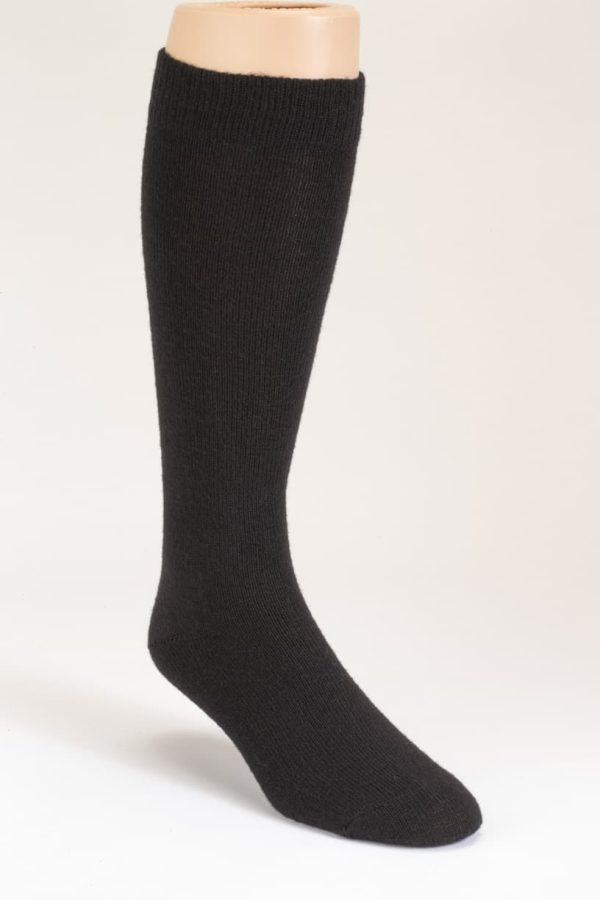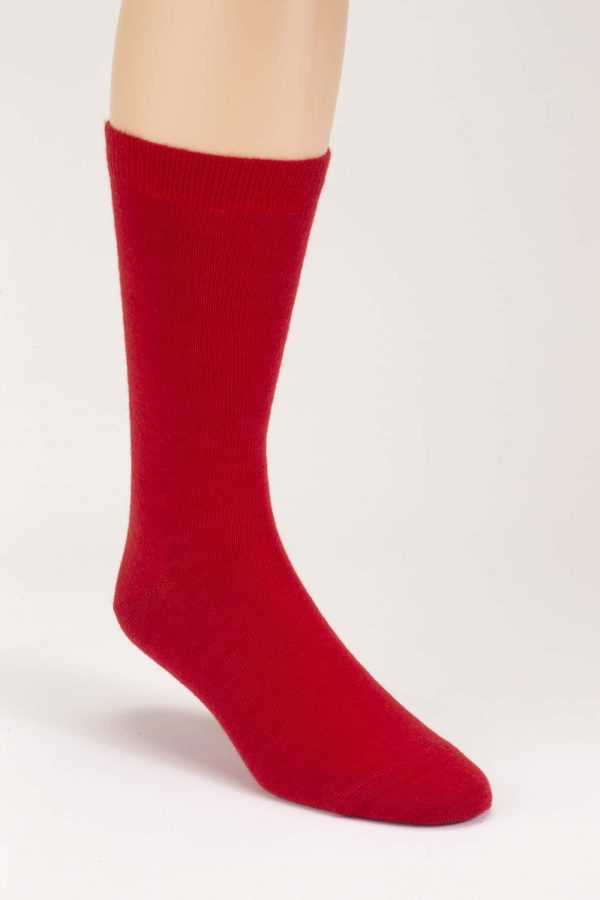Merino vs. Bamboo: Why Merino Wool Is the Real MVP of Socks
1. Battle of the Wool: Merino vs. Bamboo
When it comes to socks, not all wool is created equal. Merino wool and bamboo viscose are often pitted against each other in a heated sock showdown, but one fiber clearly comes out on top. Spoiler alert: It rhymes with “herbino.”
Merino wool, sourced from the magical merino sheep, is soft, breathable, and endlessly versatile. Bamboo viscose, on the other hand, is made from—you guessed it—bamboo pulp. While bamboo gets all the buzz for being “eco-friendly,” the truth is a little more complicated.
In this post, we’ll dive into why merino wool is the true sock superhero. Whether you’re hiking a mountain, commuting to work, or just lounging at home, merino wool is here to make your feet feel fabulous.
2. Softness Fit for Royalty
Let’s start with the obvious: Merino wool is ridiculously soft. Imagine wrapping your feet in tiny, fluffy clouds—yeah, it’s that good.
Merino fibers are ultra-fine and smooth, which means they won’t make your feet itch or scratch like some other wools. Bamboo viscose, while soft, doesn’t quite match the luxurious feel of merino. It’s like comparing a velvet pillow to a regular old cushion.
Plus, merino wool naturally adapts to your skin’s needs. Whether your feet are hot, cold, or somewhere in between, merino wool keeps them cozy and comfortable. Bamboo viscose may feel good at first, but it lacks the adaptability that makes merino truly magical.
3. Temperature Regulation Like a Pro
Merino wool has a superpower: it keeps you warm when it’s cold and cool when it’s hot. Think of it as the Goldilocks of fabrics—always just right.
The secret lies in its natural crimped fibers, which trap air to create insulation. In winter, they keep your toes toasty. In summer, they wick away moisture and let your feet breathe. Bamboo viscose, while breathable, doesn’t offer the same level of temperature control.
So, whether you’re hiking in the Alps or sipping tea in your garden, merino wool socks will have your feet singing with joy. Bamboo viscose might try, but it just can’t keep up.
4. Moisture Management That Wows
Nobody likes sweaty feet. Luckily, merino wool is a moisture-wicking wizard. It absorbs up to 30% of its weight in water without feeling wet, keeping your feet dry and stink-free.
Bamboo viscose also wicks moisture, but it doesn’t dry as quickly. This means your socks might feel damp after a long day, which is a no-go for comfort and odor control.
If you’re someone who values fresh, dry feet (and let’s be honest, who doesn’t?), merino wool is the obvious choice. Say goodbye to soggy socks and hello to all-day comfort.
5. Durability That Stands the Test of Time
Merino wool isn’t just soft and cozy—it’s also tough as nails. Thanks to its natural elasticity, merino fibers can stretch and bounce back without breaking. This means your socks will keep their shape and last longer, even with constant wear.
Bamboo viscose, while durable, tends to pill and wear out faster. Over time, you might find yourself replacing your bamboo socks more often than you’d like.
Investing in merino wool socks is like buying a little slice of sock immortality. They’ll stick with you through thick and thin, making them a better long-term choice.
6. Odor Resistance That’s Pure Magic
Let’s get real: Feet can get, well, funky. But merino wool has your back (or rather, your feet). It’s naturally antimicrobial, which means it fights off odor-causing bacteria like a champ.
Bamboo viscose is a synthetic fibre, the natural odour-resistant properties of bamboo are lost in its manufacture, it doesn’t hold a candle to merino. While bamboo viscose socks might smell fresh at first, they can’t keep up with merino’s long-lasting freshness.
So, if you’ve got a busy day ahead—or a long hike planned—merino wool socks are the way to go. Your nose (and everyone around you) will thank you.
7. Sustainability That Makes a Difference
Merino wool is one of the most sustainable fabrics out there. Merino sheep are shorn annually, and their wool is biodegradable, renewable, and eco-friendly.
Bamboo viscose often gets a green reputation, but the processing required to turn bamboo into viscose fibre is chemical & energy intensive. This reduces its eco-credentials and makes merino wool the more sustainable option overall.
By choosing merino, you’re not just treating your feet—you’re also helping the planet. And that’s a win-win in our book.
8. Comfort for All-Day Wear
Whether you’re running a marathon or binge-watching your favorite show, comfort is key. Merino wool delivers unparalleled comfort thanks to its softness, breathability, and moisture-wicking powers.
Bamboo viscose, while comfy, doesn’t quite measure up. It can feel heavy and less breathable over time, leading to discomfort during extended wear.
Merino wool socks are the ultimate multitaskers. They’re perfect for any occasion, from gym sessions to lazy Sundays. Once you try them, you’ll wonder how you ever lived without them.
9. Perfect for Every Adventure
Merino wool isn’t just for everyday wear—it’s also a top choice for adventurers. Whether you’re hiking, skiing, or camping, merino wool socks have you covered.
They’re lightweight, packable, and quick-drying, making them ideal for outdoor activities. Bamboo viscose, while decent, doesn’t offer the same level of performance or versatility.
So, if you’re planning your next big adventure, don’t forget to pack your merino wool socks. Your feet will thank you after every step.
10. The Verdict: Merino Wool Wins
At the end of the day, merino wool is the clear winner in the battle against bamboo viscose. From its softness and durability to its sustainability and odor resistance, merino wool checks all the boxes.
While bamboo viscose has its merits, it simply can’t compete with the all-around awesomeness of merino. So, if you’re looking for socks that go the extra mile (literally), merino wool is the way to go.
Ready to upgrade your sock game? Check out our merino wool sock collection and treat your feet to the comfort they deserve. Trust us—they’ll thank you.




